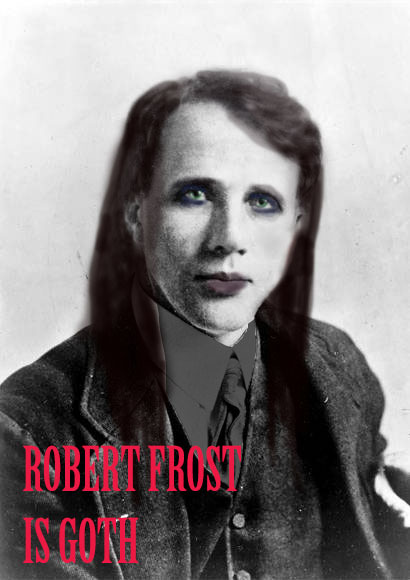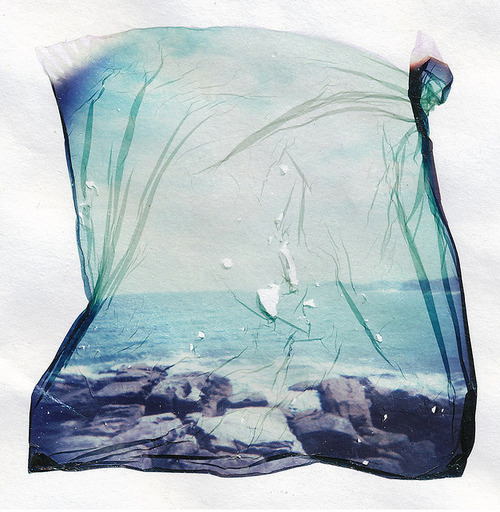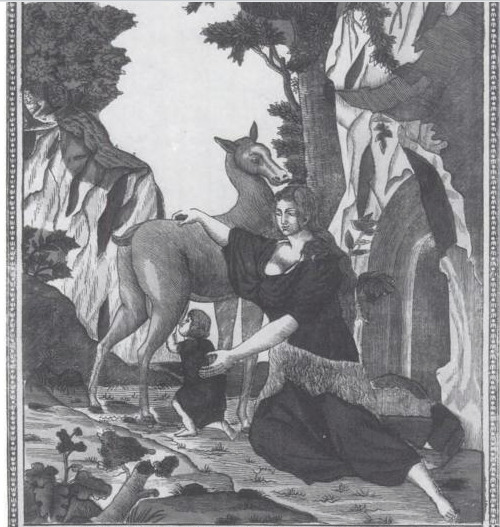Text
"The poet's curse also played an important role in traditional Irish society. In former times, poets were attributed mystical and even prophetic powers. The glam dicenn was a form of cursing ritual used by poets in ancient Ireland."
-- Archetypes and Motifs in Folklore and Literature, Jane Garry, Hasan El-Shamy
5 notes
·
View notes
Text
"(W.B. Yeats) devoutly believed that words were magic charms, endowed with an innate, transcendent power to raise poet and reader directly into a higher realm."
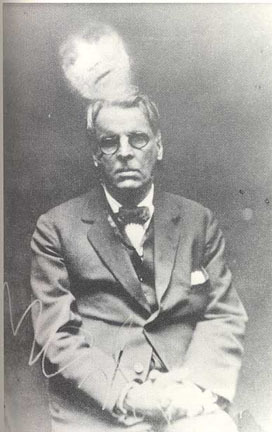
3 notes
·
View notes
Quote
"April is the cruelest month, breeding
lilacs out of the dead land, mixing
memory and desire, stirring
dull roots with spring rain.”
T.S. Eliot, The Waste Land (via mrsclarkkent)
1K notes
·
View notes
Photo


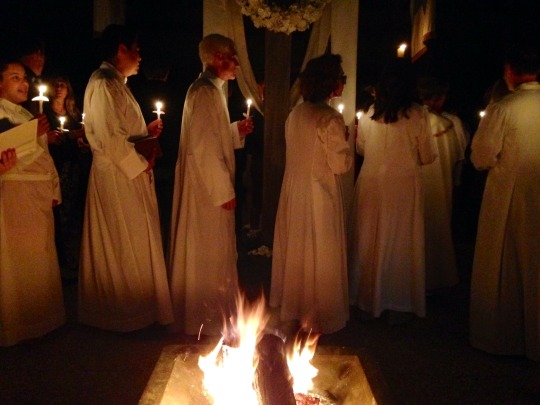
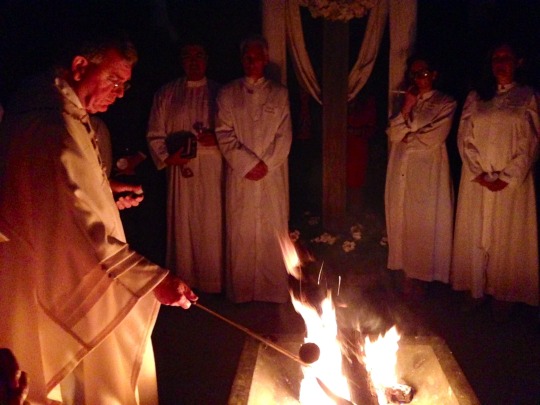
easter vigil.
photos by http://www.annecroninphotography.com
1 note
·
View note
Photo
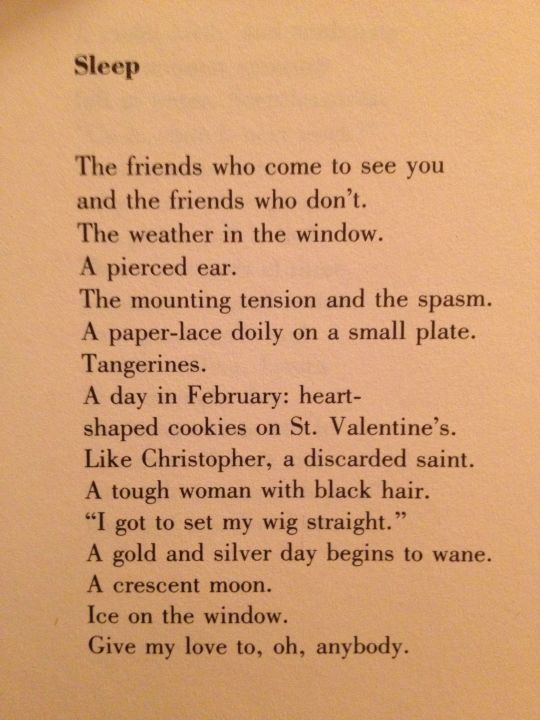
from James Schuyler’s “The Payne Whitney Poems”
273 notes
·
View notes
Photo
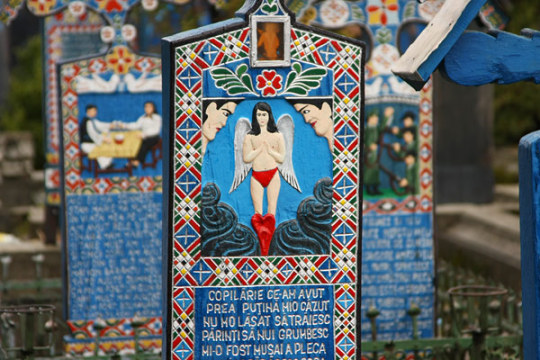

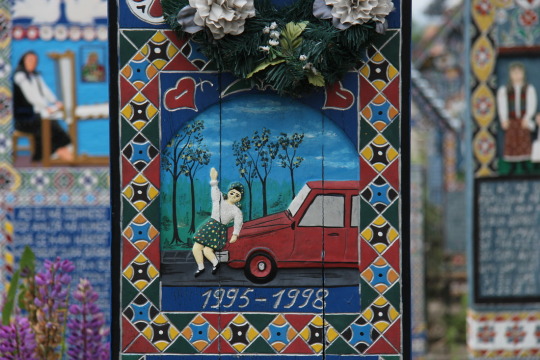
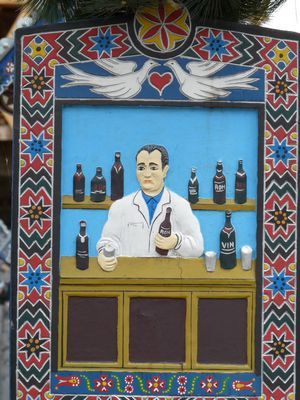
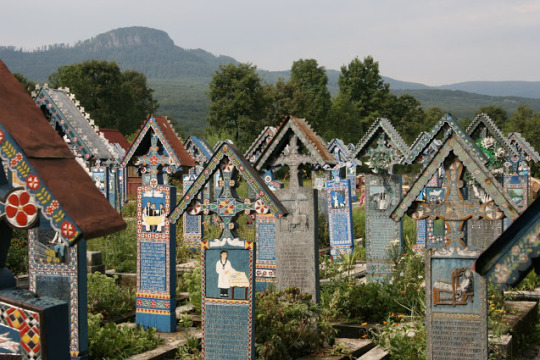
"The Merry Cemetery," Romania
http://en.wikipedia.org/wiki/Merry_Cemetery
7 notes
·
View notes
Photo

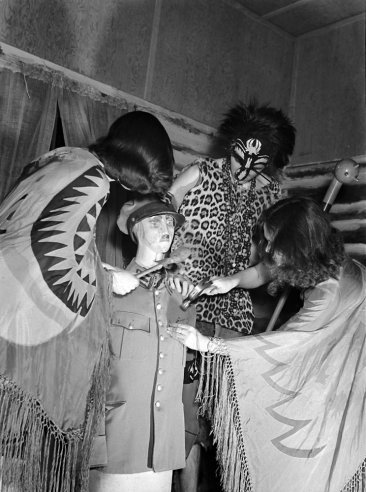
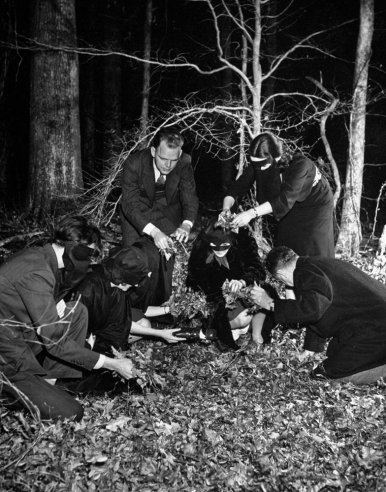
Putting a Hex on Hitler: LIFE Goes to a ‘Black Magic’ Party in 1941
Read more: Adolf Hitler Gets Hexed: Photos From a ‘Black Magic’ Party in 1941 | LIFE.com http://life.time.com/curiosities/putting-a-hex-on-hitler-life-goes-to-a-black-magic-party-in-1941/#ixzz2z8El0mJ0
26 notes
·
View notes
Photo
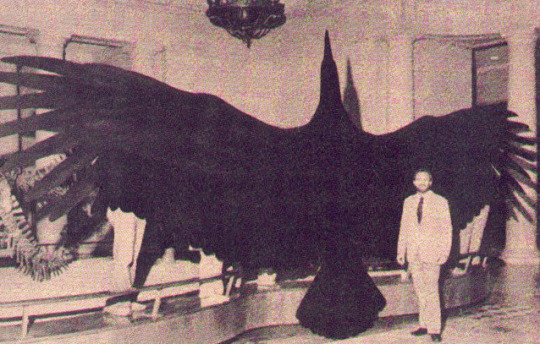
Mothman?
http://the10mostknown.com/10-explanations-about-the-mothman/
1 note
·
View note
Text
"The Morgue, whose name comes from an archaic verb meaning "to stare..."

- Vanessa R. Schwartz, "Cinematic Spectatorship before the Apparatus: The Public Taste for Reality in Fin-de-Siecle Paris"
2 notes
·
View notes
Text
Salt Farm at Night
dragging like dead men on the river
darkness falls on the salt farm
island shadows are carried on the wind
soaked fish in water
white snow fogging the surface
through a scrapped vessel’s window, the reflection of the river’s darkness
a stain seagulls left on the cabin floor
water at night peeling off the scales of fish
the collarbone of the clouds reflect the distant light of a house in mourning
eyes come to see the ebbing tide blur the salt farm
and at night evaporate to white
as a man placing a stone on his injured horse
sinking it into the river and returning
here is the landscape that wind might have painted
spreading the white sound of water like words from the dead
inside the sea without light, why don’t we call that sound the soul
red doesn’t spread across the sky, red crosses underwater
for many thousands of years watch the bitter light of the river rolling
the water’s internal organs to see
- Kim Kyung Ju, trans, by Jake Levine + Jung Hi-Yeon
1 note
·
View note
Photo

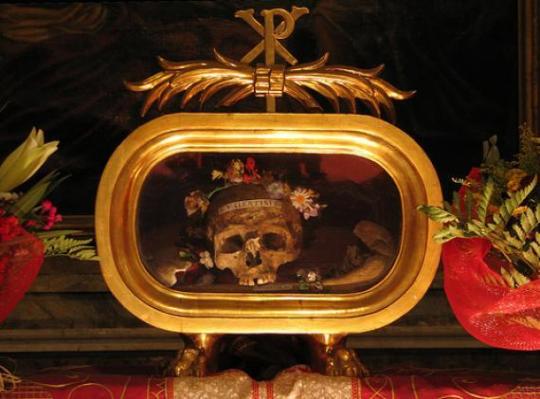
source: http://www.atlasobscura.com/articles/st-valentines-many-skulls-assorted-parts
0 notes
Quote
Melancholics have big bones that contain little marrow, like vipers. They are excessively libidinous and, like donkeys, overdo it with women. If they desisted from this depravity, madness would result. Their love is hateful, twisted and death-carrying, like the love of voracious wolves. They have intercourse with women but they hate them.
St. Hildegarde (via spoliamag)
25 notes
·
View notes
Photo
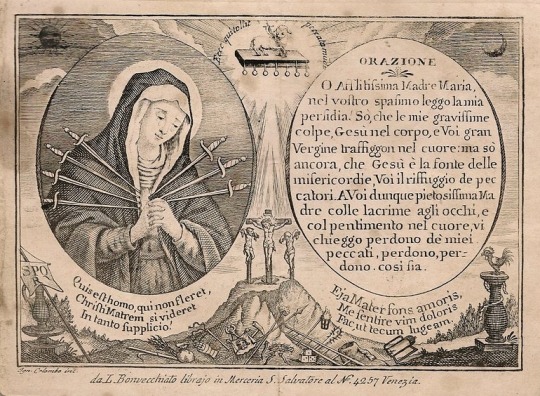
O Afflitissima Madre Maria
A Venetian engraving of Our Lady of Seven Sorrows, referred to in the prayer on the right as Most Afflicted Mother Mary
189 notes
·
View notes
